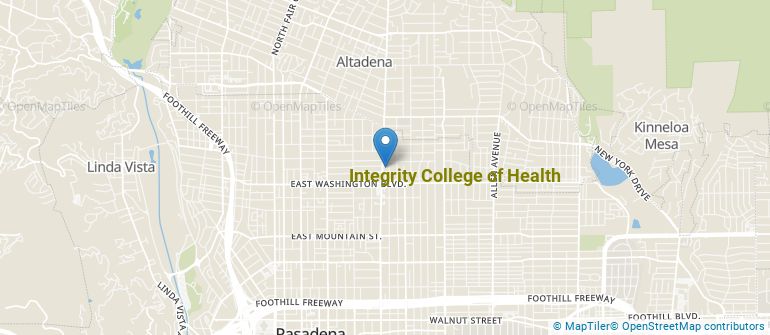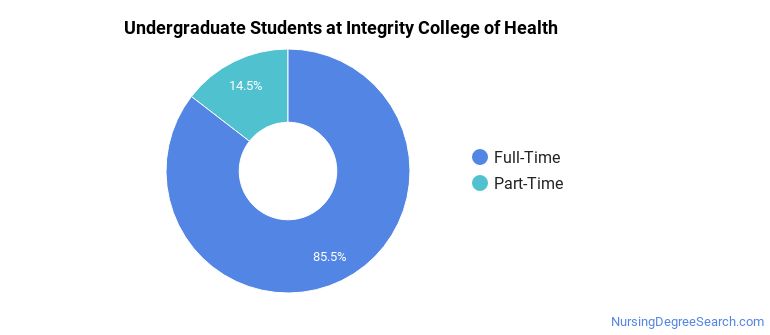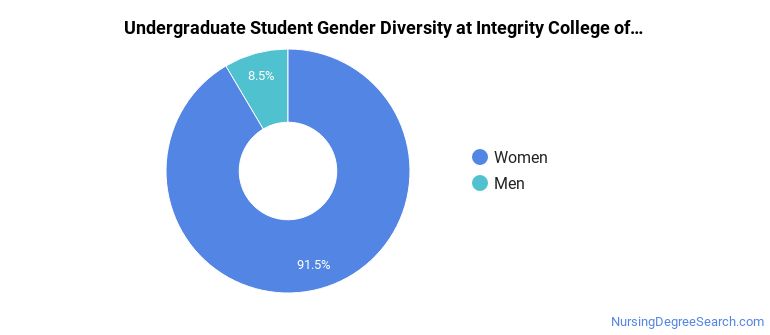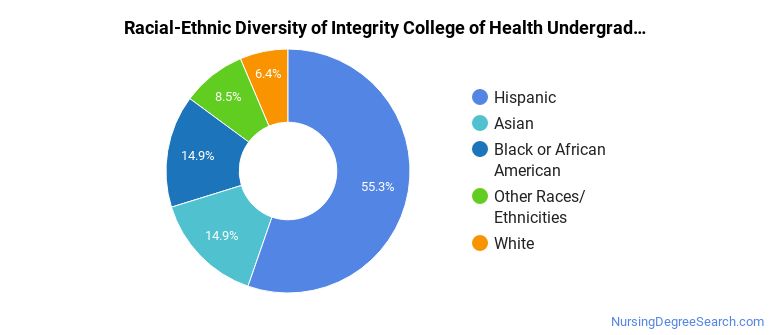Integrity College of Health Nursing Programs
Integrity College of Health is a private for-profit institution located in Pasadena, California. The city atmosphere of Pasadena makes it a great place for students who enjoy having lots of educational and entertainment options.
Where Is Integrity College of Health?

Contact details for Integrity College of Health are given below.
| Contact Details | |
|---|---|
| Address: | 1460 N Lake Ave Suite 102, Pasadena, CA 91104 |
| Phone: | 626-808-0215 |
| Website: | ich.edu |
How Do I Get Into Integrity College of Health?
You can apply to Integrity College of Health online at: https://ich.edu/admissions/
Can I Afford Integrity College of Health?
Student Loan Debt
Almost 66% of college students who graduated with the class of 2018 took out student loans, but that percentage varies from school to school. At Integrity College of Health, approximately 85% of students took out student loans averaging $8,141 a year. That adds up to $32,564 over four years for those students.
Integrity College of Health Undergraduate Student Diversity

Gender Diversity
Of the 47 full-time undergraduates at Integrity College of Health, 9% are male and 91% are female.

Racial-Ethnic Diversity
The racial-ethnic breakdown of Integrity College of Health students is as follows.

| Race/Ethnicity | Number of Grads |
|---|---|
| Asian | 7 |
| Black or African American | 7 |
| Hispanic or Latino | 26 |
| White | 3 |
| International Students | 0 |
| Other Races/Ethnicities | 4 |
Integrity College of Health Nursing Concentrations
The table below shows the number of awards for each concentration.
| Major | Undergraduate Certificate | Bachelor’s | TOTAL |
|---|---|---|---|
| Other Practical Nursing, Vocational Nursing and Nursing Assistants | 16 | 0 | 16 |
| Other Registered Nursing, Nursing Administration, Nursing Research and Clinical Nursing | 0 | 1 | 1 |
| TOTAL | 16 | 1 | 17 |
References
*The racial-ethnic minorities count is calculated by taking the total number of students and subtracting white students, international students, and students whose race/ethnicity was unknown. This number is then divided by the total number of students at the school to obtain the racial-ethnic minorities percentage.
More about our data sources and methodologies.
